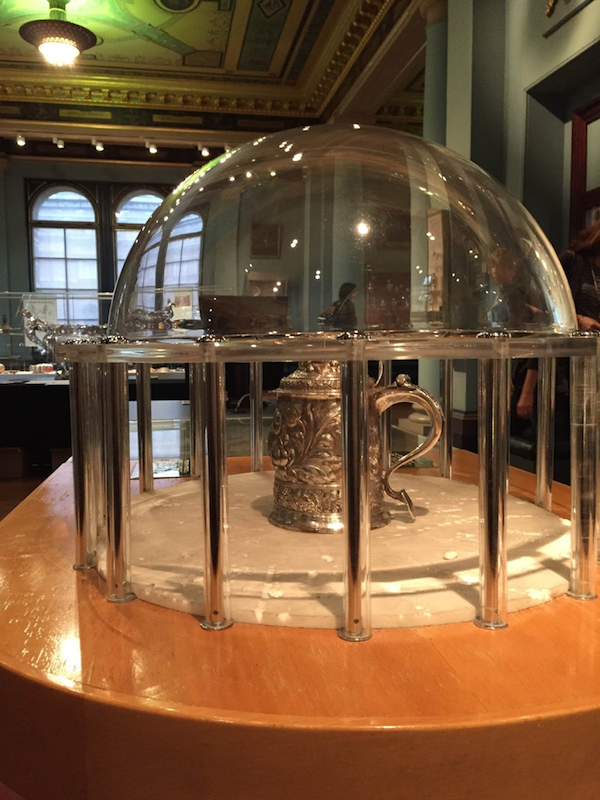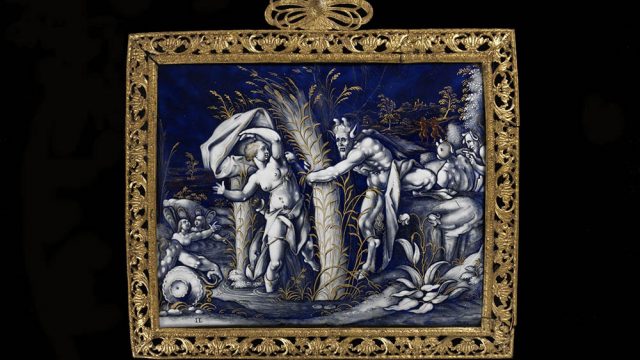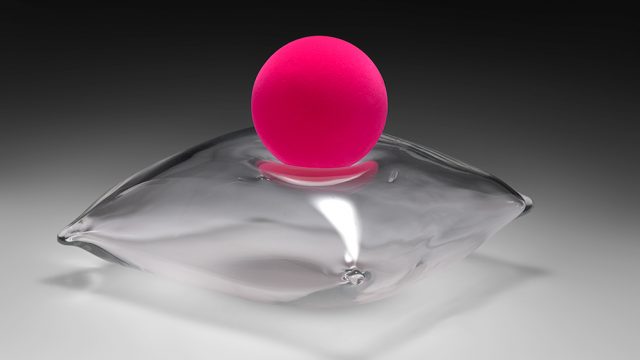by Grace Bremner
“[W]e learn by interacting with bits of the world even when our words for how these bits work are inadequate.”
-Davis Baird
All work and no play makes the museum a dull place. Or so Lina Hakim would have us believe through her latest seminar in the History of Design series: Scientific Playthings. Lina reinstated the art of ‘play’ within an academic context, opening up new questions and reinvigorating old ones. This topic seemed particularly pertinent within the archaic walls of our institution, and she had everyone questioning where play fits within the Victoria and Albert Museum.
Educational museums such as the Natural History Museum and the Science Museum abound with playful interactivity, and so why can’t this be extended to a design museum context? It’s clear that we miss something crucial by studying objects confined to isolation behind a glass screen.

Hakim expertly used theories of play as a way to analyze objects. Using theories from Walter Benjamin, Robin Hodgkin and Steven Connor, among others, Hakim showed that play restores the inherent mobility and transformability of things, and therefore affords a more inclusive field for historic examination.
A cardboard box can be transformed from a cart, to a television, to a treasure chest, all through the act of play. All these imaginative experiments are tied to the objects materiality, a box can become a cart because it can be pulled or sat in. Materials and technology are essential to the playfulness an object affords, the tactile sensations an object conveys will shape its playful transformations. Hakim argued that these transformations are intrinsic to an object’s meaning, which is a theory that can be pushed far beyond objects designed with play in mind.
As proof, she used the Crookes Radiometer as a case study. The radiometer, once a scientific plaything and now a novelty nic-nac, arose from a fateful accident. Crookes’ decided to weigh chemical samples in a partial vacuum in order to avoid interference from air currents. When sunlight shone on the balance within, its contents were disturbed. The scientific explanation for this totally confounded Crookes and his compatriots at the Royal Society, and this initial mystery and wonder has shaped its cultural significance to this day. Using the methodology of play, Hakim examines the significance of the radiometer not only at its conception in 1873, and its contemporaneous uses, but also its later adaptation into a cheap scientific toy, and its artistic representation in the work of Francis Picabia, Philip Pullman and Paul Ramirez Jonas. Through Hakim’s methodology these later artistic interpretations are allowed to be held with equal significance to Crookes’ initial invention.

This presents an exciting new angle for object analysis. Objects are not static or tied to the moment of their invention, distribution and consumption. Outwith an academic context, an object’s meaning is often found in the minutia personal interactions rather than market interactions, and a methodology of play allows for an examination of this.
As the questions were opened up to the floor, these concerns were picked upon; can this methodology be extended to design history in general? Hakim seems to think it can. Play needn’t just be for children, after all any object works on the level of toy, tool or symbol. By the end of the seminar Lina had left all in attendance with no doubt that the V&A is ready to embrace its playful side.




